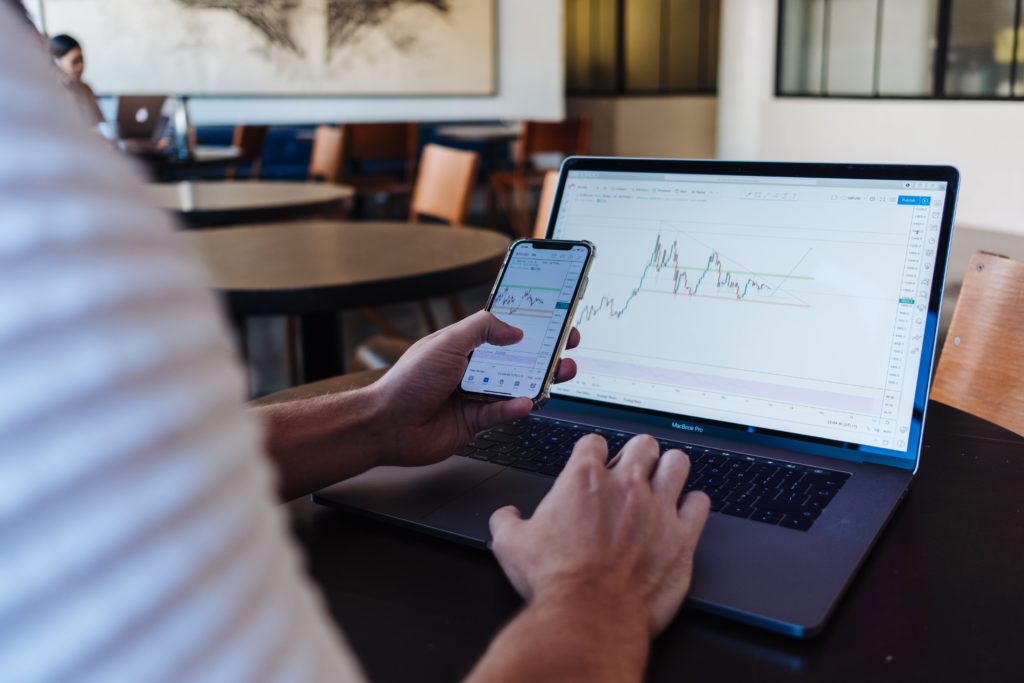ISO 20022: The transformation from SWIFT MT to MX message formats
ISO 20022 was published in 2014 and is a global standard for financial messaging that provides a standard model across business domains such as payments, securities, trade services, card services, and foreign exchange (FX). The new standard defines messages between parties within a payment chain. It also defines message specifications for each message type. It […]











